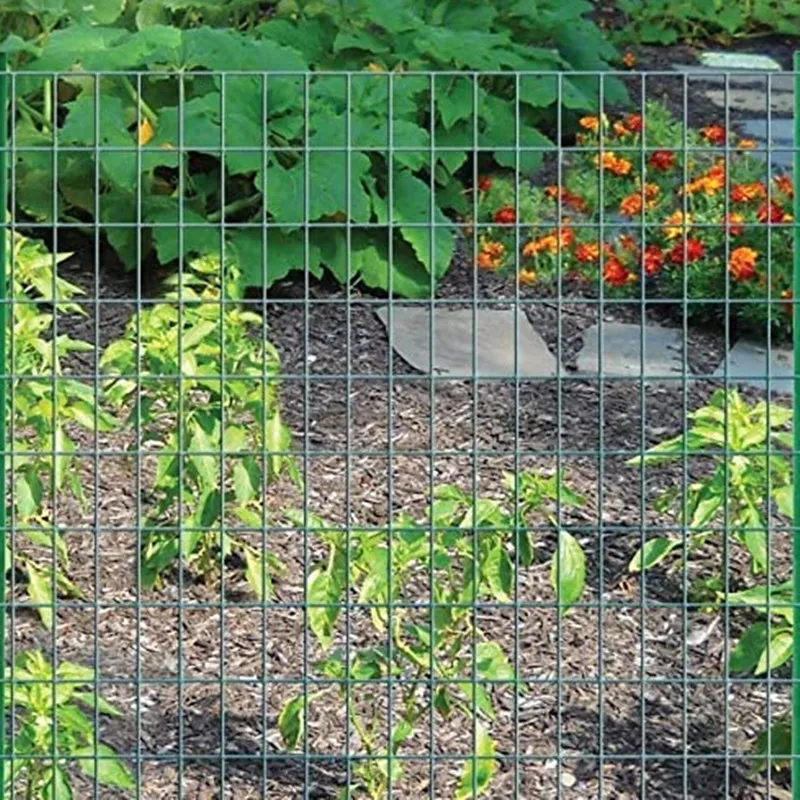Gabion Box Sizes - A Comprehensive Guide
Gabion Boxes An Overview
Gabion boxes are versatile, wire mesh containers that can be filled with rock, concrete, or other materials. They are primarily used in civil engineering and landscaping for various purposes such as erosion control, retaining walls, and riverbank stabilization. The sizes of gabion boxes can vary greatly depending on their intended use and the specific project requirements.
标准尺寸
Gabion boxes come in a range of standard sizes. Common dimensions include
- 1m x 1m x 1m
- 2m x 1m x 1m
- 3m x 1m x 1m
These measurements refer to the length, width, and height of the box. The 1m x 1m x 1m box is particularly popular for smaller projects or landscaping applications. In contrast, larger sizes like the 3m x 1m x 1m are often used in larger civil engineering projects.
Customization Options
While standard sizes are widely available, many manufacturers also offer customization options. This allows engineers and landscape designers to specify dimensions that best fit their project requirements. Custom gabion sizes can cater to unique design needs or specific site conditions. When selecting a custom size, it is essential to consider how the gabion will be filled and the overall structural integrity.
Materials and Fill Types
The most common materials used for gabion boxes include galvanized steel, stainless steel, and PVC-coated wire mesh. The choice of material can affect the durability and lifespan of the gabion. Additionally, the fill material can vary, ranging from rocks to concrete debris or even recycled materials. The fill type can impact the weight of the gabion and its suitability for specific applications.
Installation Considerations
gabion box sizes
When planning to install gabion boxes, it's important to consider the following factors
1. Site Assessment Evaluate the area where the gabion will be placed. Factors such as soil type, drainage capabilities, and slope can influence the sizing and stacking of gabions.
2. Load-Bearing Capacity Ensure that the chosen size can withstand the loads expected in your application, including environmental factors such as water flow and soil pressure.
3. Aesthetic Factors Gabion boxes are increasingly used for decorative purposes in landscaping. When aesthetics are a concern, consider the size and fill material to achieve the desired look.
Application in Erosion Control
One of the most common uses for gabion boxes is in erosion control. By using larger gabion boxes, engineers can create barriers that help prevent soil erosion on slopes and riverbanks. The size of the gabion box determines the volume of fill material it can hold, which in turn affects how well it can withstand water flow and force.
Retaining Walls
Gabion boxes can also be used in the construction of retaining walls. Retaining walls help prevent soil movement and can be utilized in both residential and commercial projects. The size of the gabion box will depend on the height and weight of the wall being constructed. Larger dimensions may be required for higher walls or those subjected to significant lateral pressure.
Cost Considerations
Budget is always a crucial factor when selecting gabion box sizes. Larger gabions typically cost more due to the increased amount of materials and labor required for installation. However, opting for larger sizes can sometimes be more cost-effective for larger projects, as fewer units may be needed to cover the same area.
结论
Choosing the right size for gabion boxes is essential for ensuring the success of your project. By understanding the variations in size, materials, and applications, you can make informed decisions that align with both your budget and design goals. Whether using gabions for erosion control, landscaping, or structural support, the proper sizing will lead to durable and effective results.























